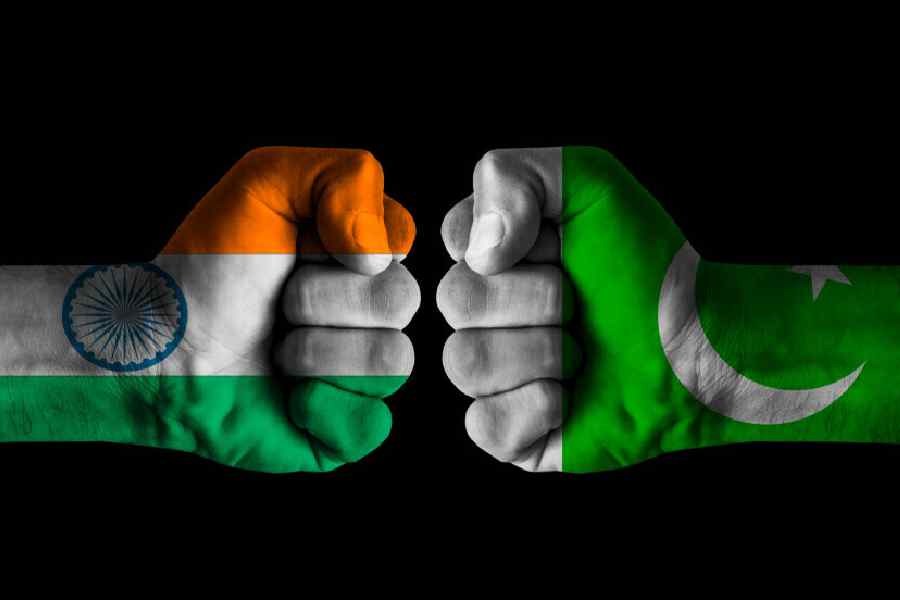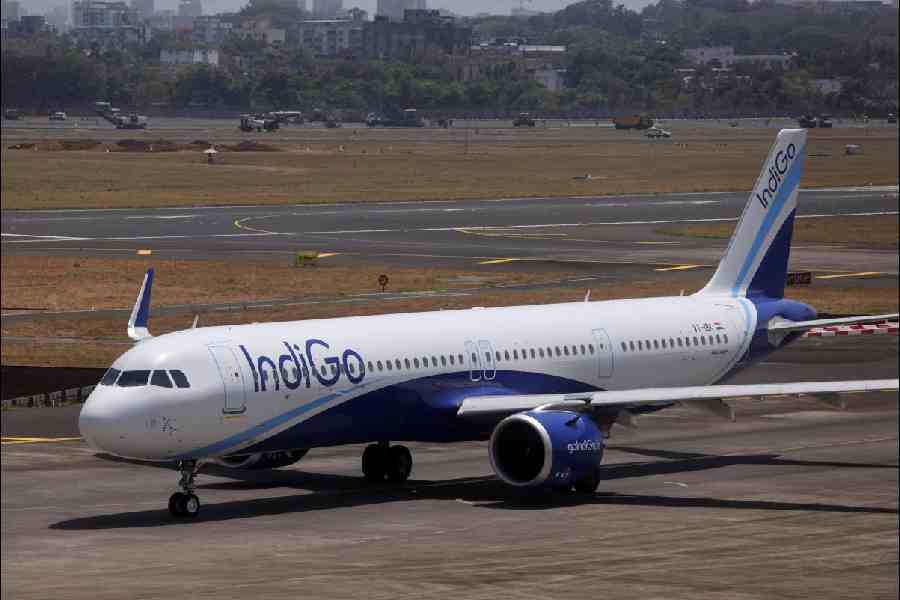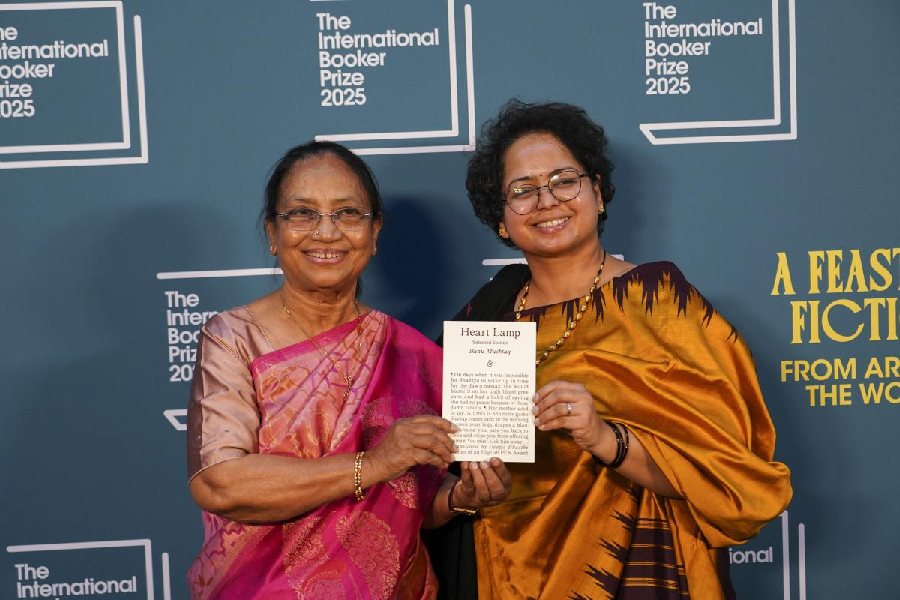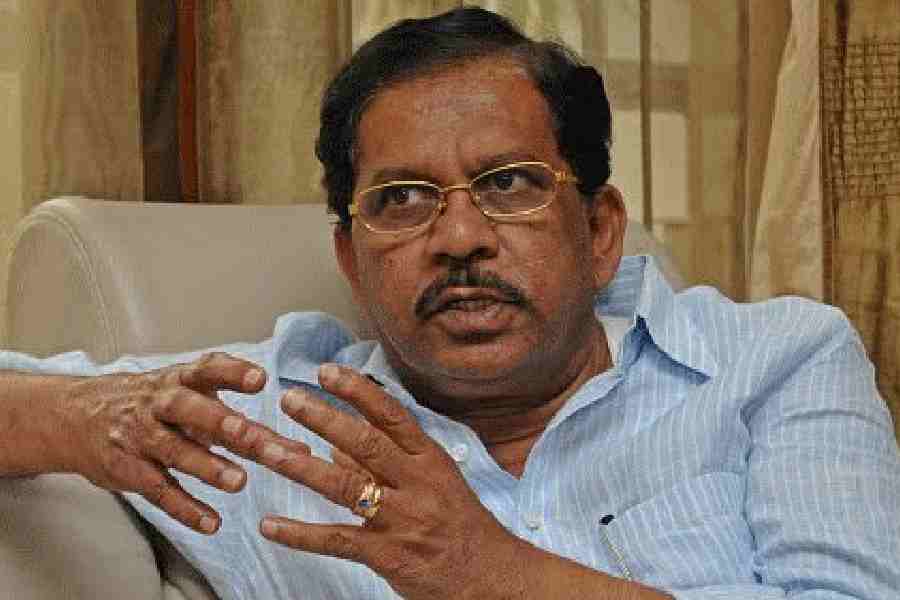 |
| A still from the film Matir Kella |
How should we address a folk narrative from an urban perspective? How much should we stick to authenticity? How can we relate to the music born out of a land unknown to us? These were some of the issues that came up during the screening of Matir Kella, a music documentary on Dohar, a Bangla band, at the ICCR auditorium on November 9.
Debasish Sen Sharma, the film’s director, has tried to capture the music that Dohar practises with a thread of interviews and views intercepted by audio-visual representations of a few popular tracks sung by the band.
But why Dohar? “I think Dohar tries to engage in authentic folk songs and not urban remixes of a far-fetched folk flavour. That’s what drew me towards the band.” The screening was followed by a live performance by the band.
Run of the Himalayas
 |
| Actress Srabonti at the flag off. (Anindya Shankar Ray) |
A time-speed-distance rally weaving through the treacherous terrains of the Himalayan foothills near Siliguri is challenging for any motor enthusiast. At a time when motorsport in eastern India is on the wane, the Vodafone Eastern Mountain Safari 2011, organised by former rallyist Arindam Ghosh and his racer son Amitttrajit, should breathe some life into the sport in this part of the country.
Held over two days (November 10 and 11), the rally covered 400km involving 6,700ft high-altitude driving.
“This is the first national motor-sports event in the hills of eastern India. There were motorists eager to rally in the Himalayas, so we thought of organising this event in the hills of Bengal. The route was challenging with some stretches used only by horses and donkeys,” said Arindam.
Among the participants were the Indian Army and the Tata Motors team, apart from known names like Somdeb Chanda, Sachin Singh, Karthik Maruthi, Raj Singh Rathore, Anthony and Asish Budhia. Lt Gen. Vinod Bhatia (G.O.C. 33 Corps, Indian Army) flagged off the convoy of 25 cars including a modified Mitsubishi Cedia, Maruti Esteem, Tata Xenon, Safari and Grande and the ubiquitous Maruti Gypsy.
Sari transformation
 |
| Potted palms line the Great Eastern Hotel arcade |
The Great Eastern Hotel of yore was so thoroughly wiped out before its recent transformation into the Lalit Great Eastern Kolkata belonging to Bharat Hotels, that the only piece of heritage left in it is the old Newmans signboard in the arcade. The original bookshop of the same name in the hotel arcade, once synonymous with the Bradshaw timetable considered invaluable for train travel in those days, has been turned into a “sale” sari shop. The new hotel is still under construction, and the pavement facing Old Court House Street in the arcade is now lined with half a dozen huge and ugly vats from which sprout potted palms (picture by Sanat Kumar Sinha), some of which shoot through the verandah facing the street. These eyesores in various stages of disintegration have occupied the space for over a year now. The architects, going by a fading signboard, are a Singapore firm and Dulal Mukherjee & Associates of Calcutta. The Singapore firm must have learnt by now that unlike in its own country, anything goes in Calcutta.
Travelling theme
 |
| A white tiger at Alipore Zoo goes vegetarian. Picture by Sayantan Ghosh |
If you missed Durga Puja in Calcutta, you could have visited Jagaddhatri Puja in Chandernagore for action replay. All big Jagaddhatri Pujas of Chandernagore were “remakes” of Durga Pujas in the city.
“Themes” are travelling. Some over years. For example, a “paint with brush” theme pandal travelled from a Calcutta puja to a Chandernagore puja in 2009. In 2010, the theme moved to a Kanchrapara Kali Puja pandal, and, this year, the same theme came back to another Jagaddhatri Puja pandal in Chandernagore.
A theme can start with Calcutta Durga Puja, move to Naihati, Kanchrapara and Barasat’s Kali Puja, Chandernagore Jagaddhatri Puja, Bansberia’s Kartick Puja, Katwa’s Saraswati Puja and even end up at Nabadwip’s Rashmela. Travelling themes are most common between Calcutta and Chandernagore.
Charmandirtala’s bamboo art form-dominated “tribal theme” was reinstalled from a recent Durga Puja pandal from Sibmandir in south Calcutta.
It is a win-win scenario for everyone. Popular theme pandals from Calcutta are bought elsewhere at reduced cost while the Calcutta puja committees and the artists profit out of the recycling.
According to Partha Ghosh of Sibmandir, Charmandirtala got their theme for close to Rs 4 lakh while Sibmandir had to shell off around Rs 16 lakh. Sibmandir kept Rs 80,000 while the rest went to the artist.
“Many artists are now making it a condition that the theme pandals belong to them,” says a puja veteran.
“It is also good environmental practice as recycling of pandals means better utilisation and less wastage of resources. By using LED lamps, Chandernagore Jagaddhatri Pujas have reduced their environmental stress and carbon footprints,” says Biswajit Mukherjee, the chief law officer of the state pollution control board and a resident of Chandernagore.
(Contributed by Sibendu Das, Soumitra Das and Jayanta Basu)










